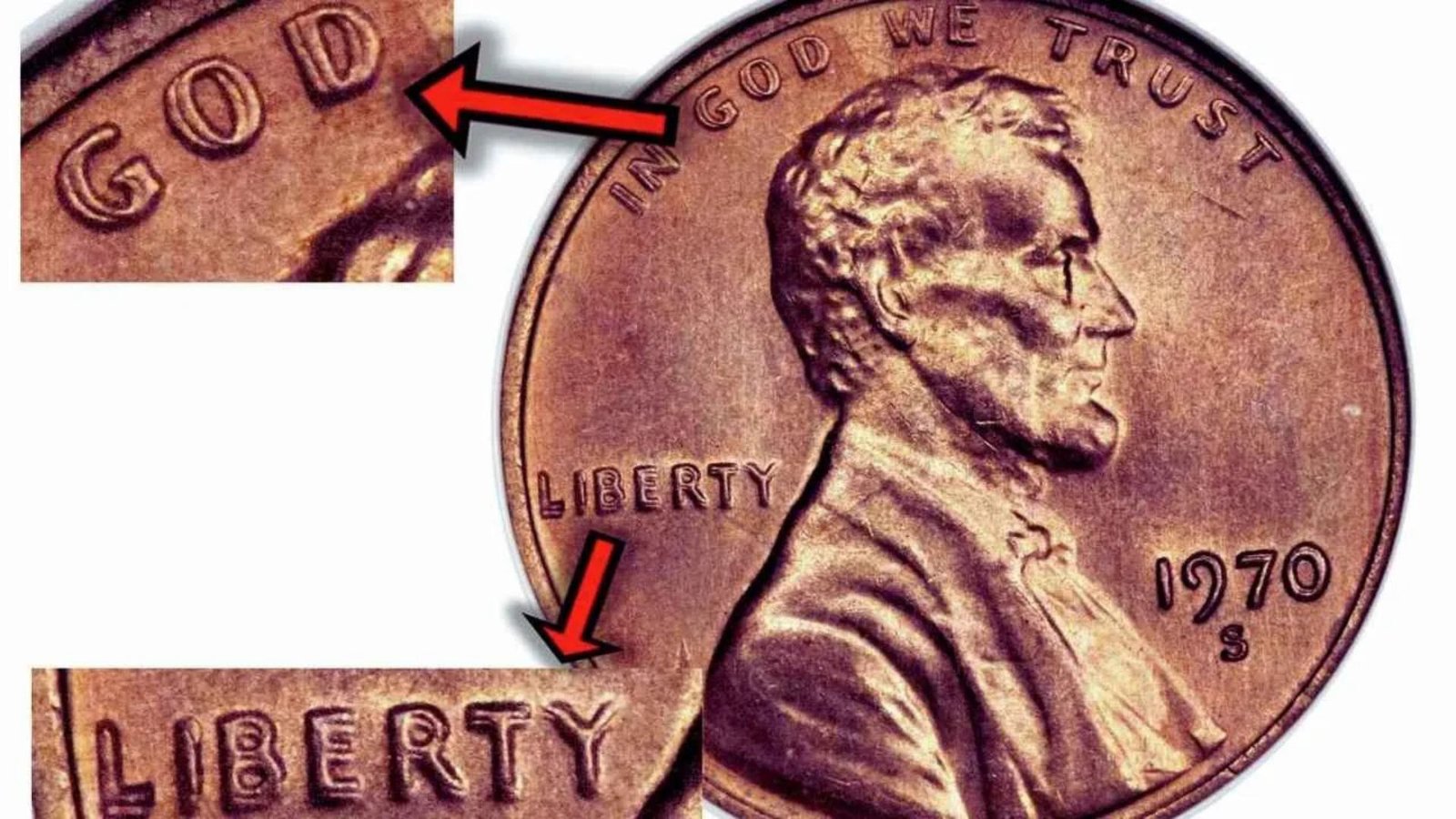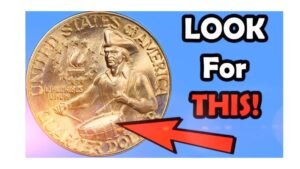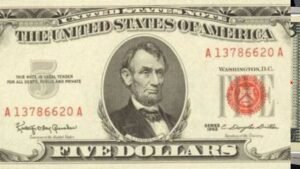Have you ever checked the pennies in your pocket or coin jar? Most of us toss these small coins aside without a second thought, but what if one of them could be worth millions? The Lincoln Wheat Penny, a coin minted from 1909 to 1958, has some rare versions that collectors dream of finding. One such penny is rumored to be worth up to $21 million! In this article, we’ll explore why this tiny coin is so valuable, how to spot it, and why it’s sparking excitement among coin hunters. Let’s dive into the world of rare coins and see if you’re holding a hidden treasure!
What Is the Lincoln Wheat Penny?
The Lincoln Wheat Penny, often called the “Wheat Penny,” is a one-cent coin made by the U.S. Mint from 1909 to 1958. It was the first American coin to feature a real person—President Abraham Lincoln—on the front (obverse). The back (reverse) shows two wheat stalks, which is why it’s nicknamed the “Wheat Penny.” Designed by Victor David Brenner, this coin is a piece of American history, reflecting times like the Great Depression and World War II.
While most Wheat Pennies are worth just a few cents, certain rare ones can fetch millions due to minting errors, low production numbers, or unique features. The idea that a $21 million penny might still be in circulation makes checking your change an exciting treasure hunt!
Why Is This Penny Worth $21 Million?
The $21 million valuation comes from rumors about an ultra-rare Lincoln Wheat Penny, possibly a unique minting error or prototype. The most famous example is the 1943 Copper Penny, which could be the source of this high value.
During World War II, the U.S. Mint switched to steel pennies to save copper for the war effort. However, a few copper pennies were accidentally made in 1943, creating one of the rarest coins ever. Only about 10-20 of these exist today, and one sold for $1.7 million in 2010. Experts believe a pristine version could be worth much more today, possibly reaching the rumored $21 million in a hot collector’s market.
Other rare Wheat Pennies, like the 1909-S VDB or 1955 Doubled Die, also command high prices due to low mintage or errors, but the 1943 Copper Penny remains the star.
Key Reasons for High Value
- Rarity: Only a handful of 1943 Copper Pennies exist.
- Historical Significance: Minting errors during wartime make these coins unique.
- Collector Demand: Numismatists (coin collectors) are willing to pay top dollar.
- Condition: Coins in mint condition (like new) are worth more.
How to Spot a Valuable Lincoln Wheat Penny
Think you might have a million-dollar penny? Here’s how to check if your Lincoln Wheat Penny is a treasure:
Steps to Identify a Rare Penny
| Check | Details |
|---|---|
| Year | Look for key dates like 1909, 1914, 1922, 1943, or 1955. The 1943 Copper Penny is the most valuable. |
| Mint Mark | Check for a small “S” (San Francisco) or “D” (Denver) under the date. No mark means Philadelphia, which is often less rare. |
| Material | For 1943 pennies, use a magnet. Steel pennies stick; copper ones don’t. |
| Weight | A 1943 Copper Penny weighs about 3.11 grams, while steel ones weigh 2.7 grams. |
| Errors | Look for doubled text (like on 1955 pennies) or missing mint marks (like 1922). |
| Condition | Coins with clear details, no scratches, and original shine are worth more. |
Tips for Handling Coins
- Don’t Clean: Cleaning a coin can lower its value.
- Use Gloves: Handle coins with cotton gloves to avoid oil damage.
- Get It Graded: Take your coin to a professional grading service like PCGS or NGC for authentication.
Other Valuable Lincoln Wheat Pennies
Besides the 1943 Copper Penny, here are other Wheat Pennies to watch for:
| Year | Details | Estimated Value |
|---|---|---|
| 1909-S VDB | Low mintage with designer’s initials. | Up to $100,000+ |
| 1914-D | Rare Denver mint coin. | $10,000–$150,000 |
| 1922 No D | Missing mint mark error. | $500–$10,000 |
| 1955 Doubled Die | Visible doubling on text. | $1,000–$100,000 |
| 1944 Steel | Rare steel penny from 1944. | Up to $400,000 |
Where to Sell a Rare Penny
If you think you’ve found a valuable penny, don’t spend it! Here’s what to do:
- Visit a Coin Dealer: A certified dealer can appraise your coin.
- Online Auctions: Platforms like Heritage Auctions or eBay are great for selling rare coins.
- Grading Services: PCGS or NGC can verify authenticity and grade your coin, boosting its value.
- Coin Shows: Attend local shows to meet experts and collectors.
Why Coin Collecting Is Exciting
Coin collecting, or numismatics, is more than a hobby—it’s a way to connect with history. Each Wheat Penny tells a story of its time, from economic struggles to wartime sacrifices. The thrill of finding a rare coin in your change keeps collectors hooked. Plus, with values rising, it’s a hobby that could pay off big!
Conclusion
The Lincoln Wheat Penny proves that small things can hold huge value. Whether it’s the legendary 1943 Copper Penny or another rare find, these coins are treasures hiding in plain sight. Next time you get change, take a closer look—your penny could be worth millions! Start checking your coins, learn about key dates, and maybe join the exciting world of coin collecting. Who knows? You might just find a life-changing penny in your pocket!
FAQs
What makes the 1943 Copper Penny so valuable?
The 1943 Copper Penny is rare because most pennies that year were made of steel to save copper for World War II. A few copper pennies were minted by mistake, making them highly sought after.
How can I tell if my penny is copper or steel?
Use a magnet. Steel pennies stick to it, but copper pennies don’t. Also, copper pennies have a reddish-brown color, while steel ones look silver or gray.
Where can I get my penny checked?
Take it to a certified coin dealer or a grading service like PCGS or NGC. They can verify if it’s real and estimate its value.
Are all Lincoln Wheat Pennies valuable?
No, most are worth just a few cents. Only specific years, mint marks, or errors (like 1943 Copper or 1955 Doubled Die) are worth a lot.
Can I sell my penny online?
Yes, platforms like eBay or Heritage Auctions are popular for selling rare coins, but get it graded first to ensure authenticity.




